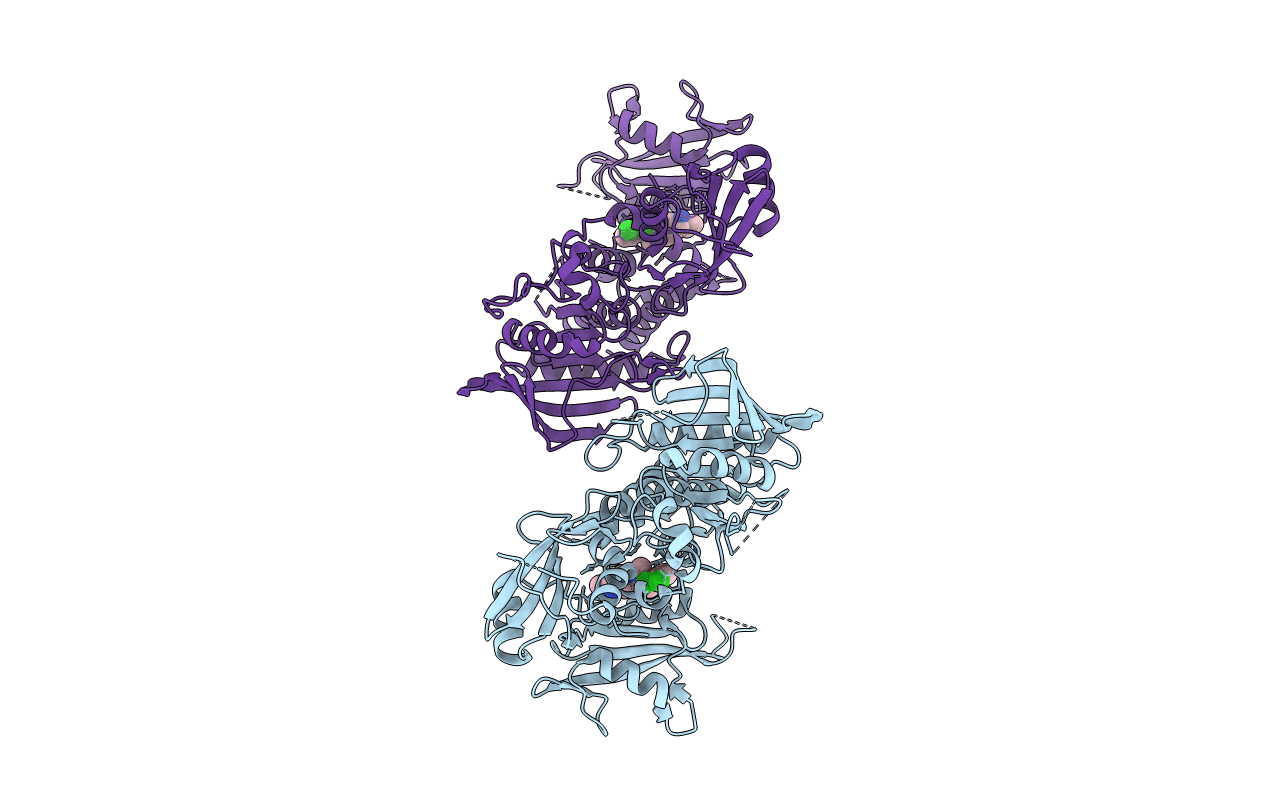
Deposition Date
2021-07-08
Release Date
2021-09-01
Last Version Date
2024-10-09
Entry Detail
PDB ID:
7RCT
Keywords:
Title:
Non-receptor Protein Tyrosine Phosphatase SHP2 in Complex with Allosteric Inhibitor RMC-4550
Biological Source:
Source Organism:
Homo sapiens (Taxon ID: 9606)
Host Organism:
Method Details:
Experimental Method:
Resolution:
1.80 Å
R-Value Free:
0.22
R-Value Work:
0.18
R-Value Observed:
0.18
Space Group:
P 1 21 1


